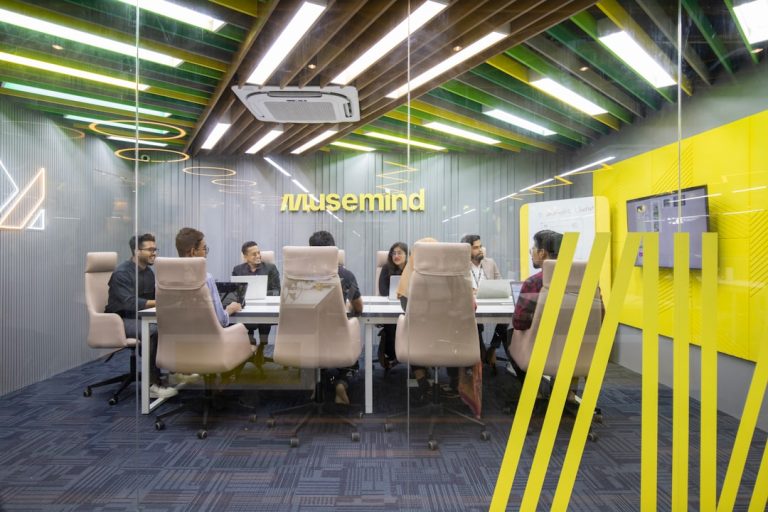Meta Description:
Analyze how educational investments influence family resource allocation and empower only children in urban China post-One-Child Policy, highlighting trends and impacts on society.
Introduction
The landscape of education in urban China has undergone significant transformations, particularly following the implementation of the One-Child Policy. This policy has not only shaped demographic trends but has also had profound implications on how families allocate their resources towards educational pursuits. Understanding the dynamics of family resource allocation in education is crucial to grasp the broader societal changes and the empowerment of only children in these urban settings.
The One-Child Policy and Its Legacy
Introduced in 1979, China’s One-Child Policy was a population control measure aimed at curbing the rapid population growth. While the policy was relaxed in recent years, its effects are still palpable, especially in urban areas where the focus on educational excellence has intensified.
Demographic Shifts
- Diminished Sibling Support: With only one child, parents often concentrate their financial and emotional resources on that single offspring.
- Increased Pressure: The absence of siblings places significant academic and social pressure on the only child to excel.
Educational Investments: A Priority for Urban Families
In the competitive urban environment of China, education is viewed as the primary pathway to social mobility and economic success. This perspective has led to substantial investments in various educational avenues.
Financial Allocation
- Tutoring Services: A significant portion of family budgets is allocated to supplementary tutoring, both in-person and online, to ensure academic superiority.
- Extracurricular Activities: Investments extend beyond academics to include music, sports, and arts, fostering well-rounded development.
Time Investment
- Parental Involvement: Parents devote considerable time to overseeing their child’s education, from homework assistance to involvement in school activities.
- Private Education Institutions: Many families enroll their children in private schools and specialized education centers to gain a competitive edge.
Empowerment of Only Children Through Education
The concentration of resources has a dual effect: it can both empower the only child and create unique challenges.
Enhanced Opportunities
- Access to Quality Education: With more resources, only children can attend prestigious schools and universities, opening doors to elite career paths.
- Personal Development: Focused investments allow for personalized education plans, catering to the child’s strengths and interests.
Psychological and Social Impacts
- Pressure and Stress: The high expectations can lead to significant stress and anxiety, impacting mental health and well-being.
- Social Skills: Limited interaction with siblings may affect the development of certain social skills, necessitating alternative forms of socialization.
Societal Implications of Resource Allocation
The emphasis on educational investment has broader societal consequences, influencing economic trends and social structures.
Economic Growth
- Skilled Workforce: A well-educated population contributes to a more skilled and competitive workforce, driving economic advancement.
- Innovation and Entrepreneurship: Investments in education foster critical thinking and innovation, essential for entrepreneurship and technological progress.
Social Stratification
- Inequality: Disparities in educational investment can exacerbate social inequalities, as families with greater resources can provide better educational opportunities.
- Urban-Rural Divide: The focus on urban education can widen the gap between urban and rural areas, limiting mobility and access to quality education in less developed regions.
Future Trends in Educational Investment
As China continues to evolve, so do the patterns of educational investment among urban families.
Technological Integration
- EdTech Growth: The rise of educational technologies offers new platforms for learning, making education more accessible and tailored to individual needs.
- Online Learning: Increased reliance on online education tools, especially post-pandemic, is reshaping how resources are allocated.
Policy Changes
- Educational Reforms: Ongoing reforms aim to balance the quality of education across different regions and social strata.
- Support for Only Children: Policies may evolve to provide better support systems for only children, addressing the unique challenges they face.
Conclusion
The interplay between family resource allocation and educational investment in urban China highlights the intricate balance families maintain to secure their children’s futures. While the empowerment of only children through concentrated investments fosters individual success, it also presents challenges that require careful management. As China navigates its post-One-Child Policy era, the strategies families employ in allocating resources will continue to shape the educational and societal landscape.
Interested in learning more about innovative investment opportunities? Visit Oriel IPO today and discover how you can connect with UK startups and investors effectively.



